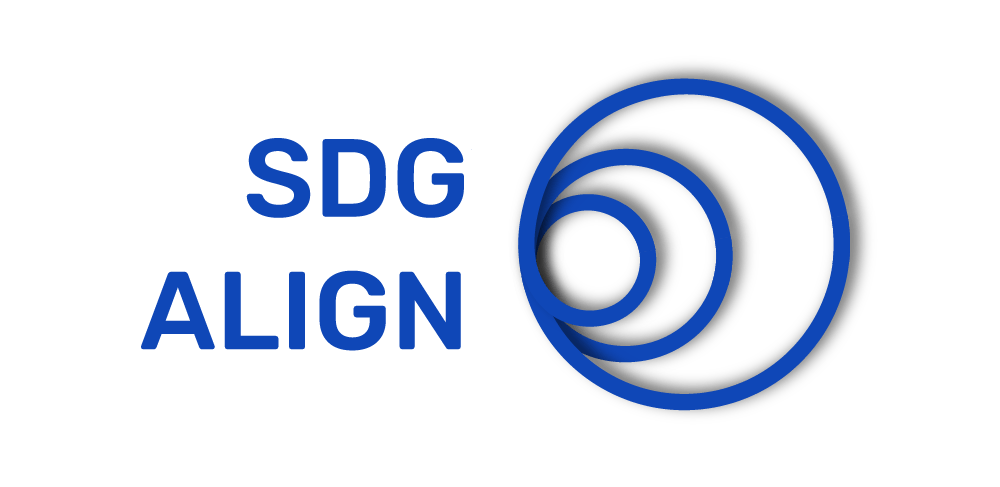As a part of SDG Aligns work I am an external member of the Committee for Sustainable Development with the Building Designers Association of Australia (BDAA). I have had the pleasure of working with the most passionate bunch of building designers on the development of a suite of policies and actions on Sustainable Design.
The lead-up to the COP26 summit in Glasgow and the review of the energy efficiency components of the NCC have seen the committees efforts focus on Climate Action and Net Zero first. The COP26 agenda and the IPCC report highlight the need for an increased sense of urgency in this discussion. The BDAA climate committee is on board with this in a big way! Given the chance the committee members would have the targets to be met five years ago.
Sustainable Design
Design in terms of Sustainable Development is a multifaceted and complex topic covering social, economic and environmental considerations

Measure to manage
How are we measuring? Where are we now? and How are we progressing? These were the questions in the debate the other day in the committee. Definitions ranged from Kj to KWh/m2/year to strait out CO2 emitted. We also need to settle on how to balance building efficiency with energy consumption. It may not be the best approach to just put more solar up or buy more offsets without improving the efficiency of the house.
I was pointed to the CSIRO Housing Information Portal and spent quite a bit of time going down a data rabbit hole, so much fun for a bit of a data nerd. The results are not great. The portal information is based on NatHERS start rating and data (the closest we have for a national dataset on energy efficiency). it isn’t perfect as it currently only covers thermal performance (soon to include fixed appliance consumption and generation) but as a benchmark of where we are at today it can paint a picture.
Where are we now and how are we tracking?
From the Australian Housing Data CSIRO portal I found the graph below that displays Nathers ratings across Australia. Based on our current minimum standard of 6 star rated building (average is sitting at 6.2) we have some way to go.
This graph tells us that only about 25% of new houses are planned to exceed 6.5 stars. Also based on the trend line it will be somewhere close to 2050 before we get to 50% exceeding that score.

So does that mean we are on track for 2050?
No we”re not. We will need to collaborate in the built environment cycle and step up the pace of commitment. Let me elaborate on that.
- The current minimum standard for new houses is 6 stars, soon to move to 7, but is 7 the right number? Consensus amongst the committee, and most of the people I have spoke to about this is that it seems to be that it is a bit low, maybe 8 or 9 stars would be closer to where we need to be.
- We also can’t wait or plan to stumble over the line at the last possible second. To have any meaningful chance of slowing the rate of climate change on minimising the impacts we need to get to a Net Zero Point VERY QUICKLY! This will need a significant change in tactic, increased urgency and coordinated effort.
What seems certain is that the BDAA will not wait for government to mandate this, they are ready to TAKE ACTION far in excess of government minimum expectations. For the BDAA, leading the way is one of the reasons they have committed to the declaration for sustainable development.
As an external member of BDAA’s committee for sustainable development I’m excited to say that the passion I have witnessed and the leadership demonstrated by the BDAA and many other players in the Built Environment I still maintain some hope that we can achieve the change needed in the time available. But we must all pull together and quickly! Maybe not five years ago, but with some effort a lot sooner the 2030!










